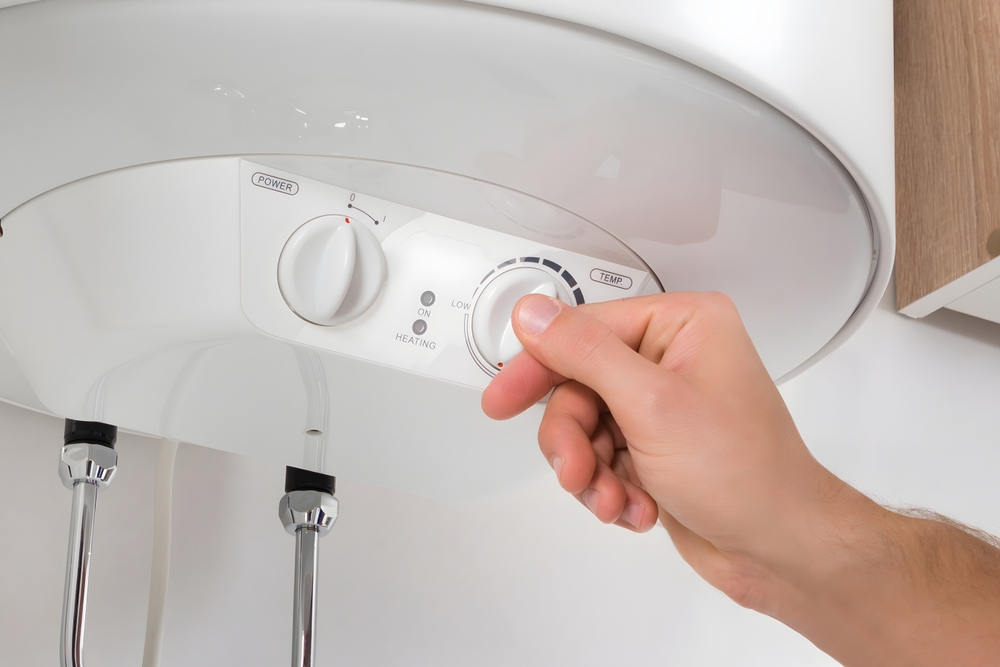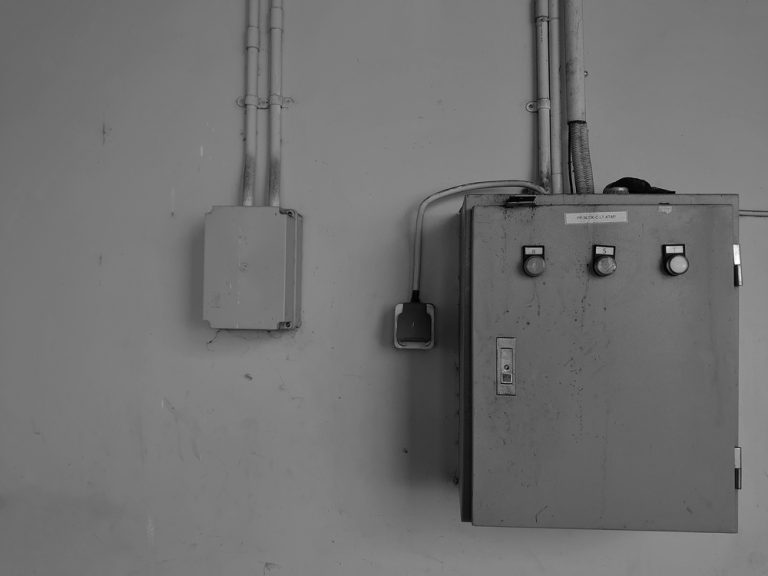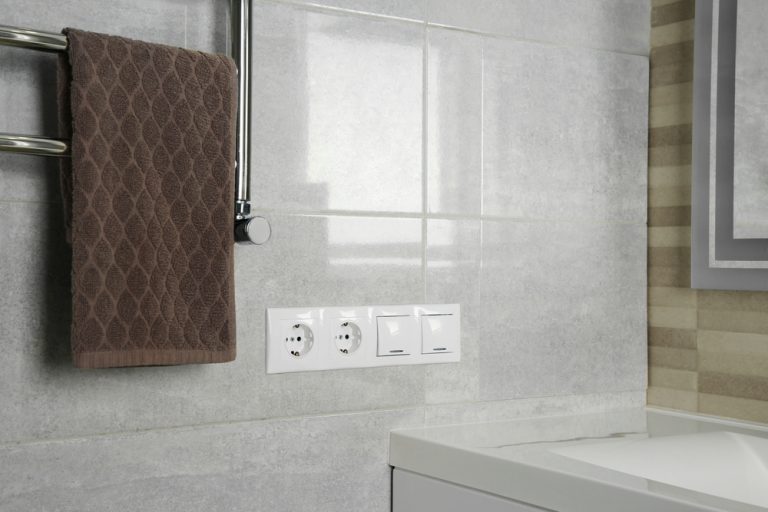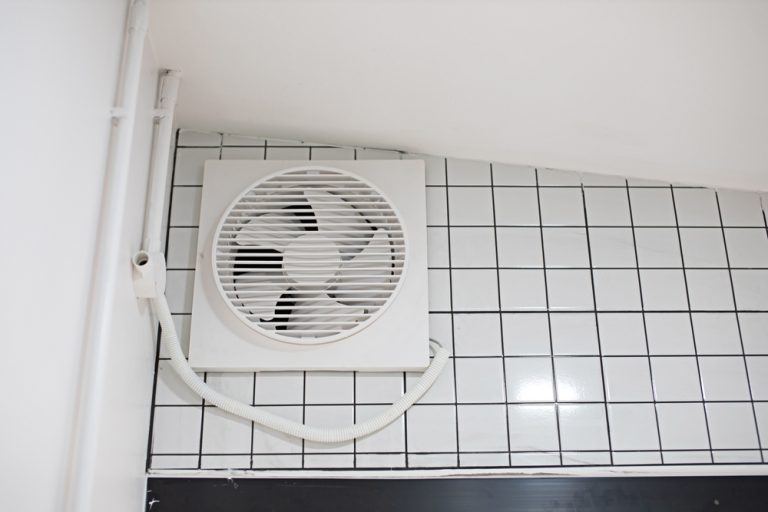Can You Put an Electric Heater in a Bathroom?

Bathrooms are often the coldest rooms in the house, especially during the winter months, which is why many people consider adding a heater to keep them warm and comfortable. But when it comes to can you put an electric heater in a bathroom, safety becomes a primary concern. Bathrooms are wet and humid environments, making the installation of electrical devices more complicated and potentially dangerous.
This article will explore whether you can safely install an electric heater in your bathroom, the types of heaters available, and the safety precautions you must take.
Is It Safe to Use an Electric Heater in a Bathroom?
The primary concern when placing any electrical device in a bathroom is the risk of electric shock. Bathrooms, with their high humidity and potential water exposure, present an increased risk. Electric heaters, if not installed or used correctly, can pose serious hazards. However, with proper installation and the right type of heater, it is possible to safely use an electric heater in a bathroom.
- Electricity and Water Don’t Mix: This is the basic rule behind the safety concerns. Water is an excellent conductor of electricity, and exposure to water can result in electric shock, fire hazards, and even electrocution in extreme cases.
- Regulations and Codes: Many local and national electrical codes have strict rules about the use of electric heaters in bathrooms. These regulations ensure that heaters are installed in a way that minimizes risks. Always consult your local building codes and an electrician before installing a heater in your bathroom.
Types of Electric Heaters for Bathrooms
Not all electric heaters are designed to be used in wet areas like bathrooms. If you’re considering installing one, it’s important to choose a heater specifically designed for this purpose. Here are some safe options for heating your bathroom:
Wall-Mounted Heaters
Wall-mounted electric heaters are one of the safest options for bathrooms. These heaters are installed high on the wall, away from direct contact with water sources like showers or sinks. They are often designed with built-in safety features, such as automatic shut-offs when overheating is detected.
- Advantages: Wall-mounted heaters are fixed in place and reduce the risk of accidental contact with water. They also save space in small bathrooms.
- Safety Features: Many wall-mounted bathroom heaters come with protection against splashes and humidity, making them ideal for this environment.
Ceiling-Mounted Heaters
Another safe option is ceiling-mounted heaters. These units are installed directly into the ceiling and radiate heat downward. Since they are far from water sources, they minimize the risk of electrical hazards.
- Advantages: Ceiling-mounted heaters are discreet and take up no floor or wall space, making them perfect for small bathrooms. They also provide consistent heat across the entire room.
Electric Towel Warmers
Electric towel warmers not only keep your towels warm but also add a bit of heat to the bathroom. These are generally safe to use in bathrooms, as they are designed to withstand moisture. However, they are not powerful enough to heat the entire bathroom but can still be a nice addition for added comfort.
- Advantages: Towel warmers serve a dual purpose by heating your towels and adding warmth to the bathroom. They are typically energy-efficient and easy to install.
Portable Electric Heaters (Use With Caution)
Portable electric heaters are widely available, but using them in a bathroom can be risky. If you choose to use a portable heater, it must be designed specifically for bathroom use and include safety features like waterproofing, tip-over protection, and automatic shut-off. Even with these precautions, portable heaters should be placed far from water sources and never used when you’re in the bath or shower.
- Important Warning: Many portable heaters are not rated for bathroom use, so always check the product specifications. If in doubt, avoid using a portable heater in the bathroom altogether.
Safety Tips for Using Electric Heaters in a Bathroom
Safety should always be your top priority when using an electric heater in a bathroom. Here are some critical safety tips to follow:
- Install a Heater Designed for Bathroom Use: Only use heaters that are specifically rated for bathroom use. These units are designed to operate safely in humid environments.
- Keep the Heater Away From Water: Whether it’s a wall-mounted, ceiling-mounted, or portable heater, always keep it away from water sources. A safe distance of at least 3 feet from the shower, bathtub, or sink is recommended.
- Use a Ground Fault Circuit Interrupter (GFCI): Make sure your bathroom’s electrical system includes GFCI outlets, which are designed to cut off power if an electrical fault occurs. This is an essential safety feature in any wet area.
- Never Use a Heater While in the Bath or Shower: Even with a bathroom-safe heater, it’s important to turn it off when using water. Avoid using any electrical devices near water to minimize the risk of electric shock.
- Ensure Proper Ventilation: Bathrooms should be well-ventilated to prevent moisture buildup. Make sure your heater doesn’t block airflow, and consider using an extractor fan to keep humidity levels low.
Benefits of Using Electric Heaters in Bathrooms
Adding an electric heater to your bathroom can provide several benefits:
- Increased Comfort: Stepping out of the shower or bath into a warm bathroom can make a huge difference in comfort, especially during the colder months.
- Prevention of Mold and Mildew: By keeping your bathroom warm and dry, you reduce the risk of mold and mildew growth, which thrive in damp environments.
- Energy Efficiency: Many bathroom heaters are designed to be energy-efficient, heating small spaces quickly without consuming large amounts of electricity.
Alternative Heating Solutions for Bathrooms
If you’re not comfortable using an electric heater in your bathroom, or if your local building codes don’t allow it, there are alternative ways to keep your bathroom warm:
- Underfloor Heating: Radiant underfloor heating is a popular choice for bathrooms. It provides consistent warmth and is safe to use in wet areas since the heating elements are installed beneath the floor.
- Radiant Heat Panels: Radiant heat panels can be installed on walls or ceilings and work by radiating heat directly into the room. They are energy-efficient and safe for bathrooms.
- Heated Towel Rails: As mentioned earlier, heated towel rails provide warmth to towels and can add a little extra heat to the bathroom.
Conclusion
So, can you put an electric heater in a bathroom? The answer is yes, but only if you choose the right type of heater and follow proper safety precautions. Wall-mounted and ceiling-mounted heaters are ideal choices, offering warmth without the risks associated with portable units.
Always prioritize safety by keeping heaters away from water, using GFCI outlets, and ensuring that the heater is rated for bathroom use. By following these guidelines, you can enjoy a warm and comfortable bathroom without compromising safety.




